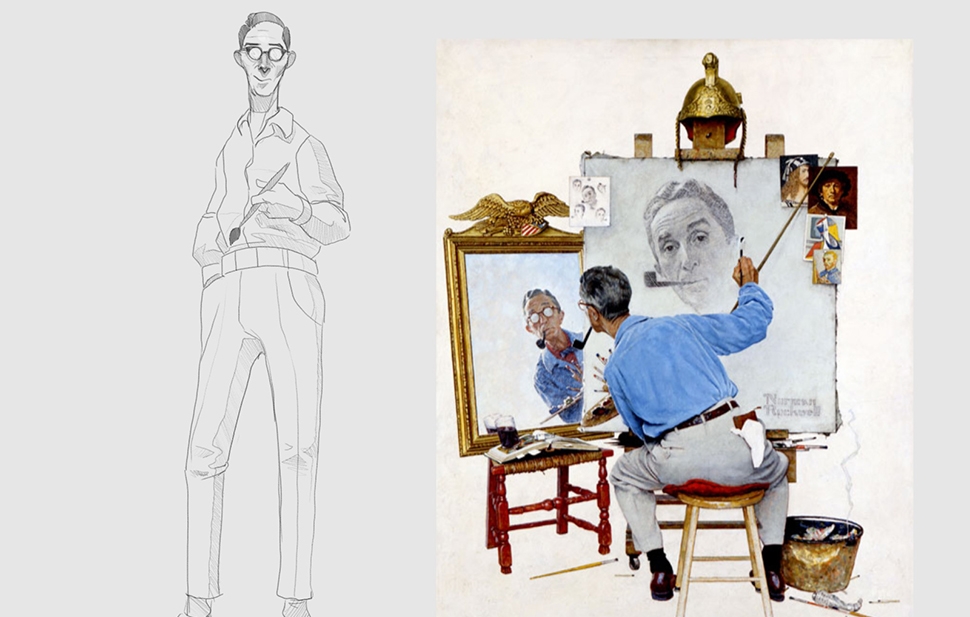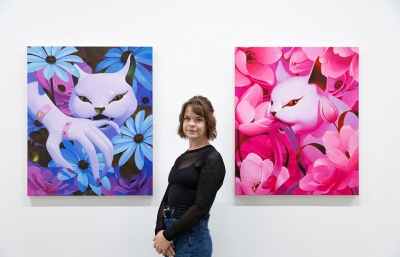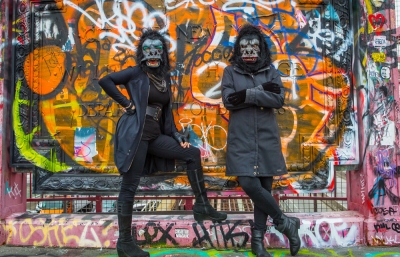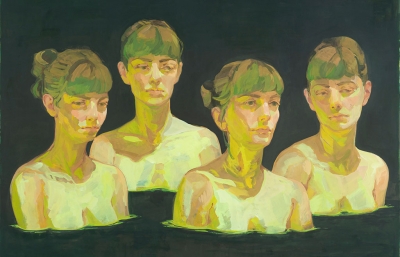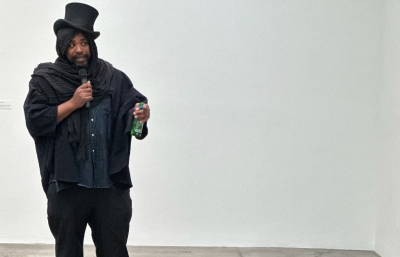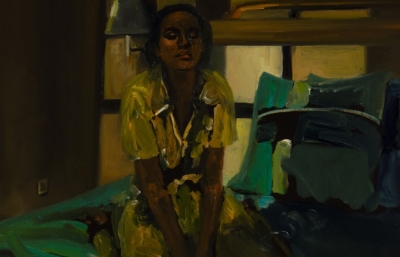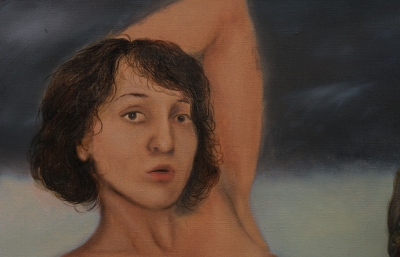One could argue that art, like Star Wars, is made up of dreams, hopes and plans, so when a visionary like George Lucas speaks about such matters, we listen. The noted director, who collects Norman Rockwell, described his piece, The Shadow Artist, by explaining how, “It uses light and shadow to tell a story, which is what we do for a living.” Following Lucas’s description of the illustrator as a great storyteller who employed cinematic devices to craft a vision, we now find the American icon at the center of a collaborative project between students at the Academy of Art and the Norman Rockwell Museum.

The dream, hope and plan, in the multifaceted endeavor, was to demonstrate the power of illustration, through Oculus Virtual Reality, in portraying the Four Freedoms: Freedom of Worship, Freedom of Speech, Freedom from Fear and Freedom from Want. In developing VR to augment this traveling exhibit, Phil Kauffold, technical lead for the Academy of Art’s School of Game Development, explained how, “We have to design for the young kid who knows the language of video games and understands this stuff. But we also have to design for somebody who is older and doesn’t have that intuitive understanding we think of as normal visual language.”

The faculty and students worked together on 3D modeling and texture, interaction design and scripting, as well as UX/UI and sound design to provide an expansive exploration of the Four Freedoms. With the technology afforded by VR, museum visitors can delve deep into the paintings, examining visual details, while learning about the social and historical context that informs the freedoms still sought all over the world. Displaying the ability of art to transcend generational and international boundaries, students met the challenge of translating art appreciation for their peers, as well as septuagenarians, in addition to crossing the Pond in a show that traveled to Normandy, France for viewing at Le Memorial de Caen, where French art students were able to enlarge the scope of the project with their own artistic interpretations. As AAU student Abigail Lashbrook summed up the artistic process, “I learned the technical side of how you put a game together and how to collaborate among the different disciplines; also working with the museum, it’s like learning how to work with a client.” Or, as Lucas recalled, “We came from the film school generation, so we were all sort of partners… we all helped each other.” And with that Freedom of expression, artists like Rockwell and Lucas, in concert with students and teachers, keep shining the light.

